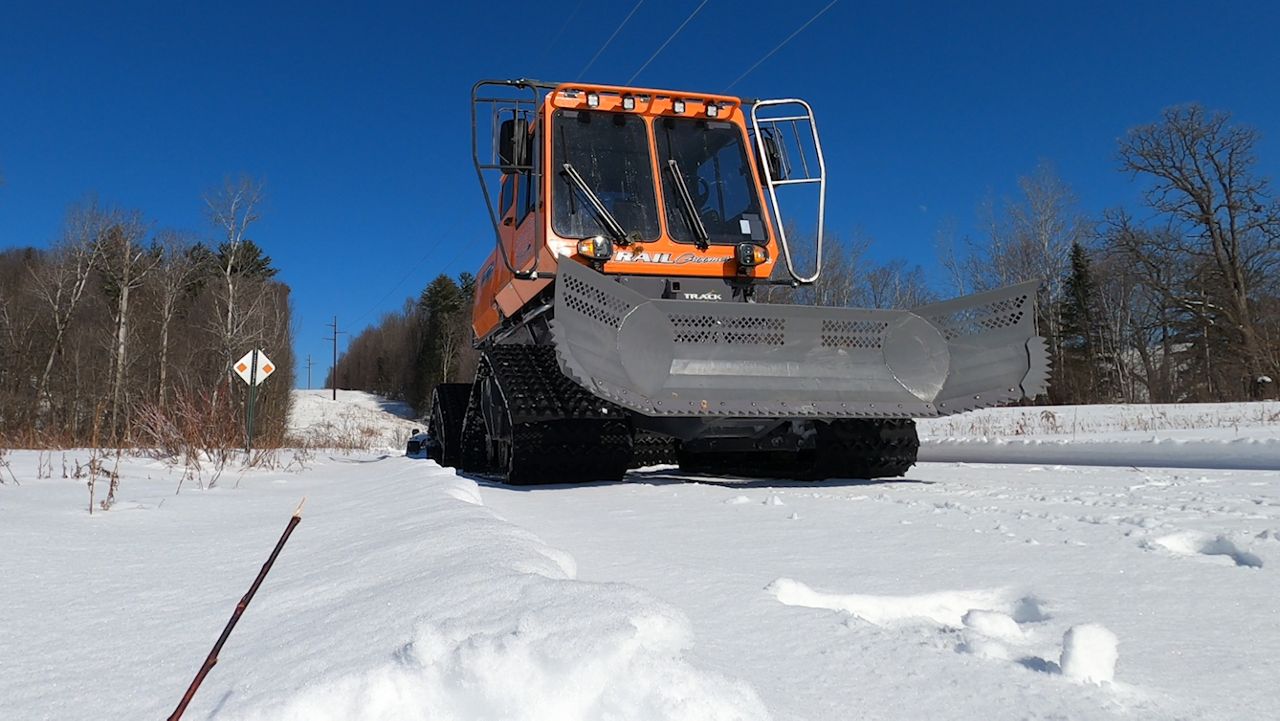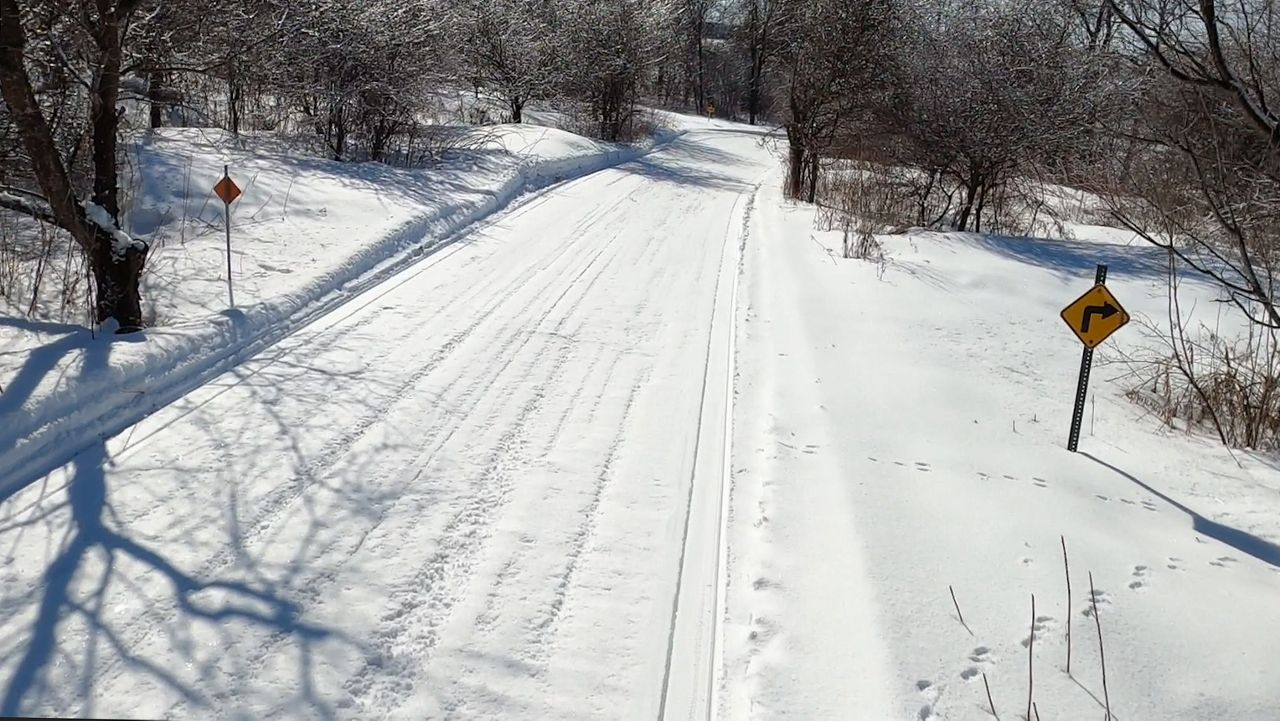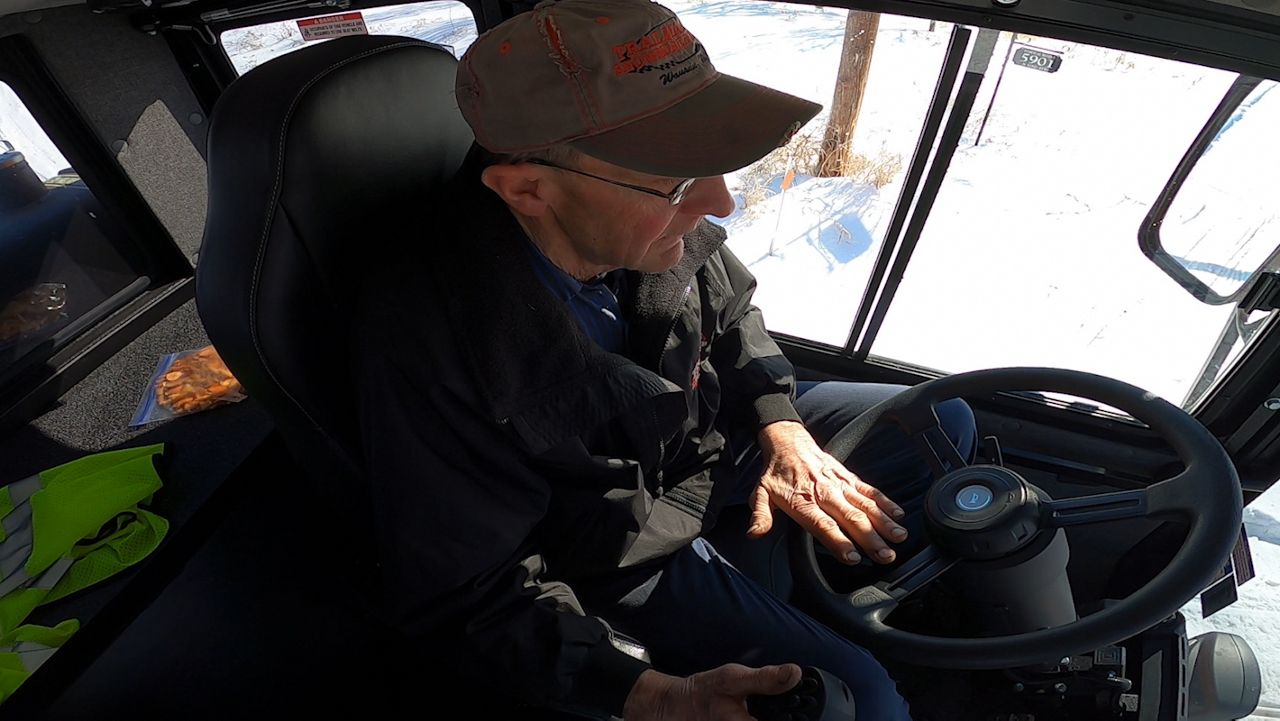WAUSAU, Wis. — The state’s snowmobile season has been hit or miss, depending on where you live.
What You Need To Know
- Wisconsin snowmobile clubs help maintain 25,000 miles of trails
- The vast majority of snowmobile trails are on private property
- In 2023, 15 snowmobile-related deaths have occurred so far
- Snowmobile clubs pushed for mandatory safety for people born after 1985
In Wausau, the trails have been open thanks to ample snowfall and snowmobile club volunteers.
The Trailmates Snowmobile Club maintains and grooms 80 miles of trails for riders in Marathon County. Allan Zahrt’s been at it for over 20 years.
“This is all a volunteer organization in Wisconsin,” said Zahrt, who’s on the Trailmates’ Board of Directors.

Over 600 clubs in the state oversee 25,000 miles of trail for snowmobilers. Besides grooming trails for over 20 years, Zahrt works on relationships with private landowners.
“Right around 90% of our trail goes across private property. We are very thankful to our landowners for giving us permission to cross their property with our trail every season,” said Zahrt.
He’s one of 20 volunteer grooming operators with the club. Zahrt said he loves creating a smooth surface for families, especially young riders.
“Creating a lifetime enthusiast is what you’re after,” said Zahrt.
And they must do a good job grooming the trails because a couple of times each year, cars mistake their trail for a road.
“I don’t know if they’re using their GPS or whatever. They turn right onto the trail,” explained Zahrt. “Sometimes they don’t make it past the ditch. I’ve had them go a couple hundred yards when the trails are hard and frozen. Sometimes they go a long ways. Then they get stuck.”
Clubs contract with counties that reimburse their expenses in maintaining trails.
Dave Newman is president of the Association of Wisconsin Snowmobile Clubs. He said snowmobiling is self-sufficient.
“That program is administered by the DNR. All the revenue that goes into there comes from snowmobile registrations, trail passes, and a little bit of gas taxes we get back from the gas we use,” said Newman.
The clubs are responsible for maintaining relationships with private landowners. This includes placing, repairing and removing trail signs when needed.

Newman said statewide, the clubs boast 41,000 members, and that his group was essential in passing snowmobile safety regulations.
Fifteen snowmobile-related fatalities have occurred in 2023 as of March 2.
Newman said one death is too many for the sport but requiring safety classes for those born after 1985 has made a difference.
“Typically, most of the accidents and fatalities now are happening to the people who are over 40 that never did have any safety training. We highly recommend that anybody at any age should take snowmobile safety training,” said Newman.
Every county holds at least one safety course each year. Many instructors are club members certified by the Department of Natural Resources.
Newman said the best riding this year has been in the northern part of the state. Snow shortages in the south made things rough, but many snowmobilers aren’t afraid to travel.
“Most of us have trailers. We go looking for snow if we have to,” said Newman.

Zahrt has records that indicate in 1996-97 and 2013-14, the snowmobile seasons in Marathon County approached 100 days. On the flip side, in 2001-02, the trails never opened due to a lack of snow.
When that happens, the community feels the economic impact.
“We get a lot of calls during the season. How are your trails? They’re calling from anywhere from southern Wisconsin to northern Illinois and Iowa. It brings people into our area in the winter where they normally wouldn’t come,” said Zahrt.
Newman said the economic impact of a bad snow year hits harder the further north you go.
“It’s key to the whole state’s economy but even more so in the north,” said Newman. “Up there, everything revolves around tourism. If it wasn’t for snowmobilers going up there and spending money, a lot of those businesses wouldn’t even be able to stay open during the winter.”



